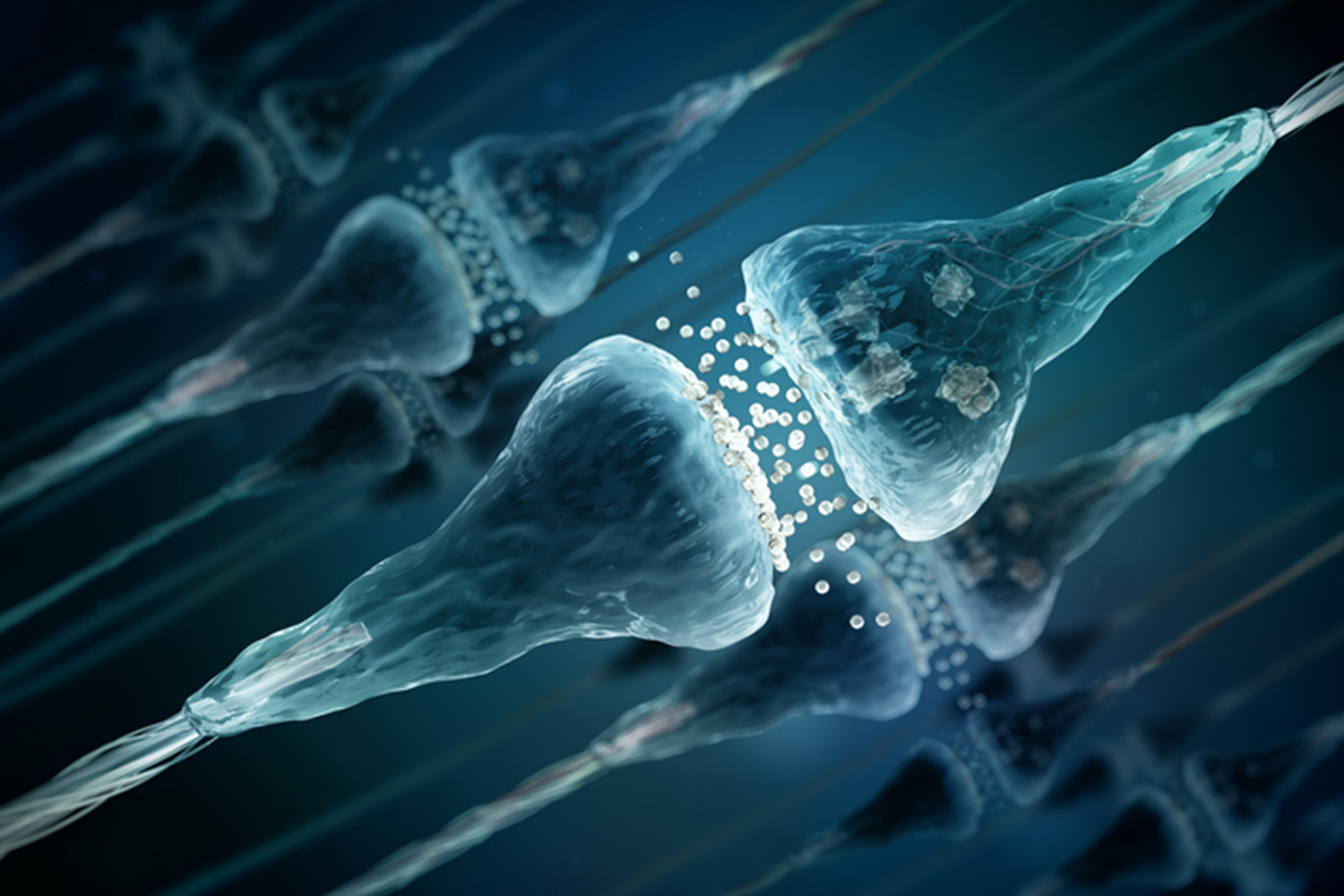Tau Consortium
Research
As part of normal function, proteins in the body fold into different shapes to perform specific functions. When these proteins are no longer needed, they are broken down and recycled by the cell. In many neurodegenerative diseases, mutations and other cellular events alter the normal folding process, and the misfolded proteins begin to accumulate.

Primary tauopathies are diseases where abnormal tau appears to be the primary pathology, while in secondary tauopathies there may be other proteins that are aggregating in addition to tau. The accumulation of tau is thought to disrupt normal cellular function and lead to the death of neurons. Due to its misfolded state being a consistent component of so many incurable neurodegenerative diseases, studying and potentially targeting tau dysfunction is critical for the development of new treatments in this field.
Our researcher network attempts to uncover the biological mechanisms that initiate tauopathies, and identify pathways that could be targeted to prevent disease. This area of research covers the mechanisms behind tau protein production, and tau propagation. We focus on the mechanisms that naturally clear tau, and how to develop treatments to speed up the clearance of these toxic proteins or even prevent accumulation. A necessary component of studying these diseases is the development and use of relevant models that accurately depict the disease as it develops. Researchers use these model systems to test potential therapies, look for molecular changes at different stages, and measure tau levels. These model systems allow for rapid hypothesis testing, thus making it possible to elucidate mechanisms of tauopathies that pave the way to effective treatments for patients.

